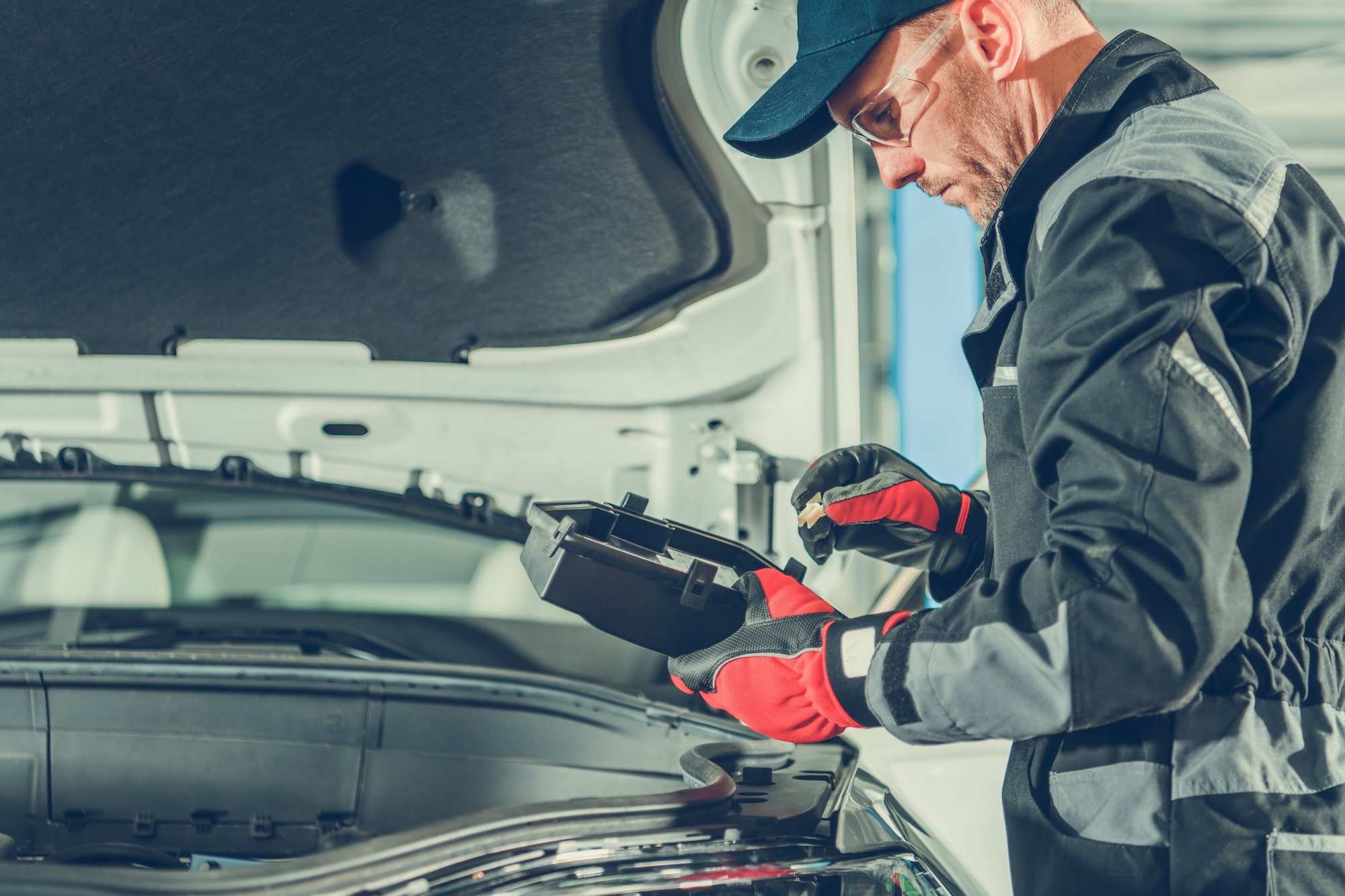Never before have so many vehicles sat unused for so long. The beginning of the COVID-19 pandemic saw the death of the daily commute as more and more Americans started to work from home. Now, in 2022, an incredible 44% of US citizens spend five or more days a week away from the office—and so do their cars.
If you’re one of the many people not using their vehicle as often as they used to and you’ve got warranty protection, what could go wrong? Well, more than you might think, and there are some maintenance tasks you should remember if you want to keep it in good working order.
Take a look at our top tips, and you’ll be able to hit the road again when you’re ready without any hiccups.
What to Do Before Your Vehicle Is in Storage
It’s time to get your vehicle ready for hibernation. In eight steps, here’s how you can do just that.
1. Decide Where You’ll Be Keeping It
If you aren’t going to be using your vehicle often, you’ll want to make sure it’s stored properly. Leaving it outside will unnecessarily expose it to the elements, causing exterior corrosion and the deterioration of components.
A garage is an obvious place to keep your car safe, but what options do you have if you don’t have one? Well, firstly you can purchase a cover. These aren’t as effective as a garage but still do a good job in helping to protect your vehicle. Secondly, you can pay to keep your vehicle in a storage facility. This is obviously much more expensive, but it’s your pride and joy we’re talking about here. Look specifically for one with climate control, and make sure it’s not too far away from your home. You’ll need to check in to do maintenance from time to time.
2. Get It Clean
Failure to regularly clean a vehicle is one of the worst causes of corrosion. And not only does corrosion look unsightly, but it can also eventually lead to component failure. So if your car is going away for a while, then you’ll want to make sure it’s sparkling.
Visiting a car wash is the quickest and easiest option, but you can do it yourself if you prefer a more hands-on approach. Grab a bucket, sponge, some car shampoo, and gloves, and then work your way from the top of the car down to the wheels. Once it’s dry, applying a coating will prevent moisture from getting in. You can use wax, but a protective film is even better.
3. Get Your Tires to the Right Pressure
The pressure within your vehicle’s tires fluctuates with the temperature, which can drastically affect their lifespan. If they’re the correct PSI, however, you’ll increase the chances of them surviving storage.
You can usually find the manufacturer’s recommended PSI in your owner’s manual or on a sticker in the jamb of the driver’s side door. Use a tire pressure gauge to figure out how much air you need to add. It’s better to do this when your tires are cold (i.e., your vehicle hasn’t been driven at high speeds recently) for the most accurate reading.
4. Fill up on Gas
Once you fill your tires up with air, give your fuel tank the same treatment. You may not be driving it anywhere, but it’s essential to ensure your fuel tank is full before your vehicle goes into storage. Leaving any space for water to get in can cause rust, eventually leading to powertrain problems. For extra peace of mind, add in some fuel stabilizer too.
5. Change the Oil
Keeping your vehicle’s components appropriately lubricated is always important, including when it’s not being used for a while. Oil gets contaminated over time, and leaving your vehicle stationary lets that contamination eat away at everything it touches. So instead, have the oil changed at an auto shop, then take the car for a drive around the block so it can circulate.
6. Check Fluids
As well as your oil, there are a few other fluids you’ll need to monitor. Pop the hood and check your transmission, power steering, brakes, coolant, and windshield cleaner. Just like your fuel tank, if these liquids aren’t at the correct levels, moisture could get in and cause corrosion.
Are you storing your car over winter? You’ll want to make sure there’s enough antifreeze mixed in with your coolant and windshield cleaner.
7. Cover It Up
We mentioned covers earlier, but even if you’re storing your vehicle in a garage, it’s still good to invest in one. They protect the exterior from moisture and keep it clean.
An unused car is also a very attractive home for bugs of all kinds, which can be a super costly problem. A cover will prevent them from getting in and making themselves comfortable. For additional anti-rodent, insect, etc. measures, make sure to remove all trash from inside and block up any entry points like the vents and exhaust.
8. Keep the Parking Brake Off
Leaving the parking brake on can allow it to freeze in place, or the brake pads could rust onto the rotors. If you own an automatic vehicle, just place it in park. For manual vehicle owners, leave it in first or reverse gear and use wheel clocks for added security.
Out of Sight, Out of Mind?
Your vehicle may be in storage, but it still needs a bit of TLC. There are a couple of things you can do to make sure it doesn’t deteriorate.
Firstly, it’s a good idea to ensure the battery keeps its charge. The AAA recommends turning on your engine every couple of days to kick start your battery. Then, all you need to do is let it run for a few minutes so it can recharge. You can also attach a battery tender to the vehicle while it’s in storage, which will keep it topped up for you.
Secondly, make sure you check it regularly. Your vehicle may be safely locked behind a garage door, but that doesn’t mean it’s safe from absolutely everything that could cause damage. Take a look at it whenever you can to ensure that problems aren’t starting to form. Just a quick glance over once a week can prevent corrosion, leaks, and bug infestations.
An Extra Layer of Protection
You can do as much as humanly possible to keep your stored vehicle in good shape, but all components fail eventually. If you decide to take it for a spin again but can’t get it out of the garage, having an extended warranty will make life a lot easier.
We’ve compared the country’s top-rated vehicle service contracts so you don’t have to. Check out our latest reviews, and find the perfect policy for your needs, or head over to our extended warranty buyer guide for more help.





